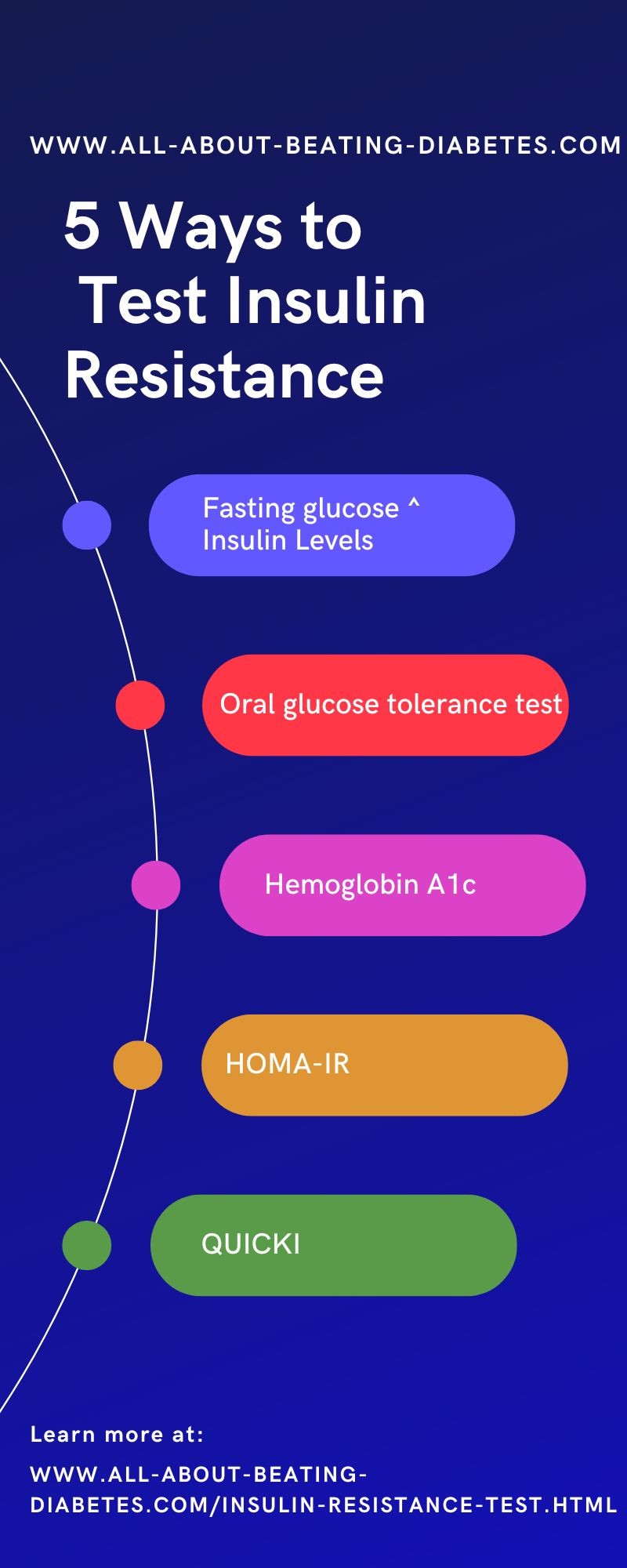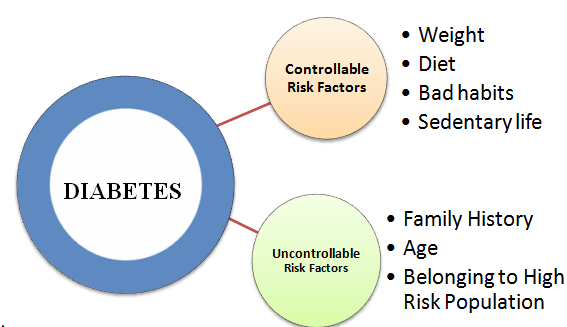- Home
- Your Diabetic Information Center
- Insulin resistance test
Understanding the insulin resistance test
The insulin resistance test is a diagnostic test that measures the body's ability to respond to insulin. There are several tests used to evaluate insulin resistance, including the oral glucose tolerance test, the fasting insulin test, and the hyperinsulinemic-euglycemic clamp test.
Is there any insulin resistance test?
There is NO SPECIFIC TEST FOR INSULIN RESISTANCE prescribed routinely.
This is because it is a high cost and very complicated to be used.
It is also known with the name of Euglycemic clamp, and it’s the only test that measures very accurately insulin resistance.
This test consists in measuring the blood insulin level.Since it’s a high cost and very complicated, researches use to use it as a tool to get to know more on glucose metabolism in their researches.
The routine tests are those which determine the presence of pre-diabetes or diabetes. The first one is called fasting glucose test and the second one is called glucose tolerance test.
What tests are used to diagnose insulin resistance?
There is no single definitive test for insulin resistance, but there are several tests that can help diagnose or estimate insulin resistance, such as the fasting glucose and insulin test, oral glucose tolerance test, hemoglobin A1c test, homeostatic model assessment of insulin resistance (HOMA-IR), and quantitative insulin sensitivity check index (QUICKI).

- Fasting glucose and insulin test: This test measures fasting glucose and insulin levels in the blood. It is typically performed after an overnight fast.
- Oral glucose tolerance test (OGTT): This test measures how the body responds to glucose. It involves drinking a glucose solution and measuring blood glucose levels at specific intervals.
- Hemoglobin A1c (HbA1c) test: This test measures the average blood glucose level over the past two to three months.
- Homeostatic model assessment of insulin resistance (HOMA-IR): This test estimates insulin resistance using fasting glucose and insulin levels.
- Quantitative insulin sensitivity check index (QUICKI): This test also estimates insulin resistance using fasting glucose and insulin levels.
The diagnosis of insulin resistance is usually based on a combination of clinical symptoms, laboratory tests, and medical history, rather than a single diagnostic test.
Therefore, your healthcare provider may consider multiple factors, such as family history, obesity, hypertension, and dyslipidemia, to determine if insulin resistance is present.
If you have the right knowledge on its symptoms and risk factors and possible causes , you can easily prevent its onset taking the necessary precautions.
References
References
- Singh B, Saxena A. Surrogate markers of insulin resistance: A review. World J Diabetes. 2020;11(5):137-154. doi:10.4239/wjd.v11.i5.137
- Ahuja V, Scandling D. Insulin Resistance [Updated 2021 Aug 2]. In: StatPearls [Internet]. Treasure Island (FL): StatPearls Publishing; 2021 Jan-. Available from: https://www.ncbi.nlm.nih.gov/books/NBK507839/
- Wallace TM, Matthews DR. The assessment of insulin resistance in man. Diabet Med. 2002;19(7):527-534. doi:10.1046/j.1464-5491.2002.00745.x
- Abdul-Ghani MA, Tripathy D, DeFronzo RA. Contributions of β-cell dysfunction and insulin resistance to the pathogenesis of impaired glucose tolerance and impaired fasting glucose. Diabetes Care. 2006;29(5):1130-1139. doi:10.2337/dc05-2179
- International Diabetes Federation. IDF consensus worldwide definition of the metabolic syndrome. Accessed April 26, 2023.
- Antuna-Puente B, Faraj M, Karelis AD, Garrel D, Prud'homme D, Rabasa-Lhoret R, Bastard JP. HOMA or QUICKI: is it useful to test the reproducibility of formulas? Diabetes Metab. 2008 Jun;34(3):294-6. doi: 10.1016/j.diabet.2008.02.001. Epub 2008 May 12. PMID: 18468934.
- NIDDK - Insulin Resistance & Prediabetes
Diabetes complications Questions or Problems? Get Help Here
This is the place where you can ask a question about any aspect of diabetes complications.
It's free and it's easy to do. Just fill in the form below, then click on "Submit Your Question".






